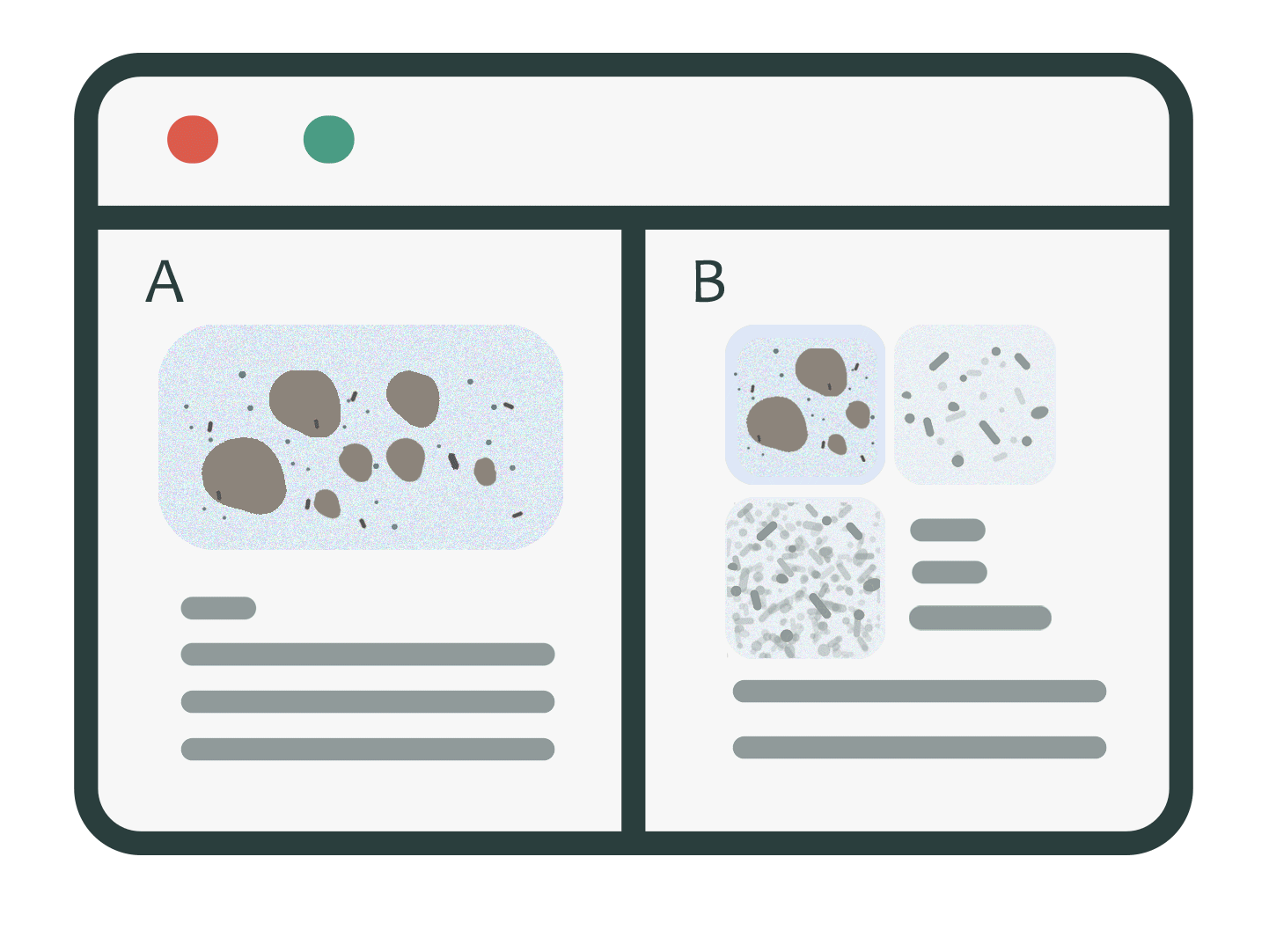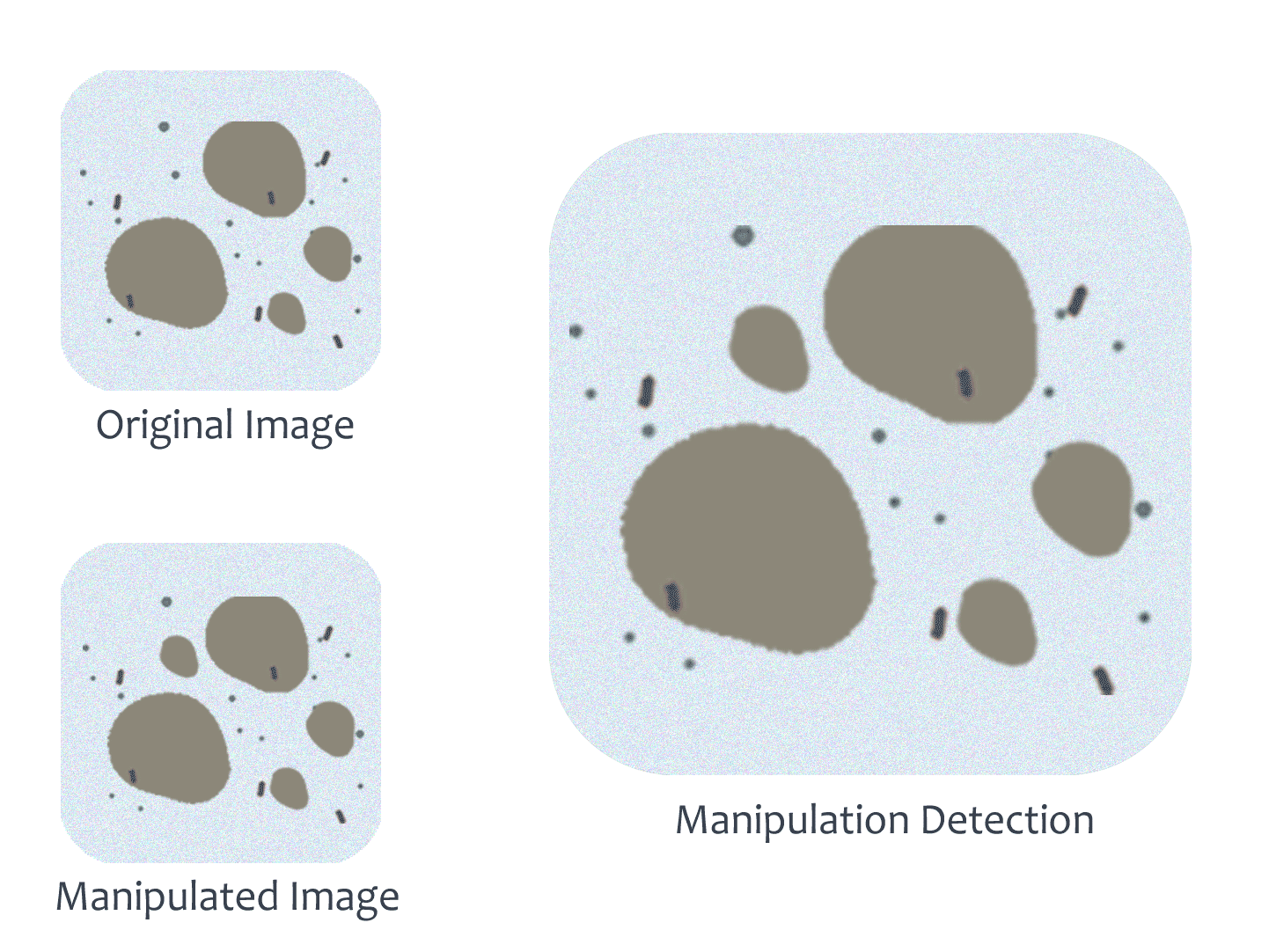Nature News released in 2016 reported that the frequency of using duplicated images in one paper has doubled during the first half in the year 20001. As the number of images used in scientific papers increase, authors may unintentionally reuse the same image. As a result, however, both the researcher and the entire institution are at risk for losing their credibility and reputation. ImaChek is capable of automatically detecting duplications in scientific papers.
Automated Detection of Manipulated and Duplicated Images
To this day, visual inspection is the main method for identifying problematic images in scientific papers. This is, however, an extremely painful task. ImaChek helps to streamline and simplify the image screening process.
FUNCTION 1
Duplication Detection

FUNCTION 2
Manipulation Detection

Even though the Journal of Cell Biology devised guidelines on the acceptable standards for image processing in 20042, falsified image data in scientific papers continues to be a problem. Based on an article from Nature News in 2015, 20% of manuscripts submitted to EMBO Press was reported to have contained problematic images. In addition to the detection of image duplication, preventative measures must be established. ImaChek’s unique algorithms can help to automatically identify signs of image manipulation.
REFERENCES
- Problematic images found in 4% of biomedical papers
Monya Baker
doi:10.1038/nature.2016.19802 - What’s in a picture? The temptation of image manipulation
Mike Rossner, Kenneth M. Yamada
The Journal of Cell Biology Jul 2004, 166 (1) 11-15; DOI: 10.1083/jcb.200406019